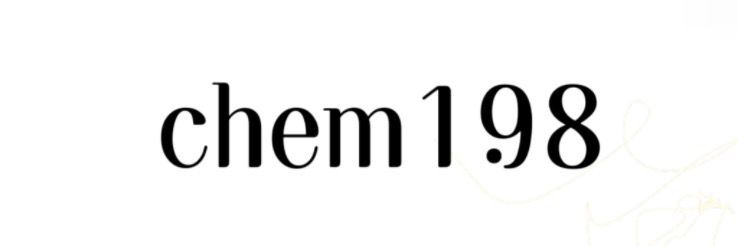Stapling a Wound vs. Traditional Sutures: Which Is Better?
When it comes to treating wounds, medical professionals have a variety of techniques at their disposal. Two prevalent methods are stapling a wound and using traditional sutures. Both have their advantages and drawbacks, but many wonder which method is superior. Let’s dive deeper into the world of wound closure to understand the differences and discover which option might be best suited for specific situations.
If you are looking for more details, kindly visit Stapling a Wound.
What Is Wound Stapling?
Wound stapling involves using a medical stapler to quickly close a wound by inserting metal staples through the skin on either side of the incision. This method is often employed in emergency situations due to its speed and efficiency. Wound staples can provide a strong edge-to-edge approximation, making them an excellent choice for certain types of injuries.
Understanding Traditional Sutures
Traditional sutures, or stitches, are a time-tested way to close wounds. This technique involves using a needle and thread to stitch the edges of the injury together. Suturing can be tailored to various types of wounds, making it versatile in different medical contexts. There are also various suture materials available, including absorbable and non-absorbable threads.
Speed and Efficiency
One of the main advantages of stapling a wound is how quickly it can be done. In emergency departments, a wound can be stapled in a matter of minutes, allowing medical personnel to move on to other critical tasks. Traditional sutures, while effective, can take longer as they require careful placement and knot-tying.
Strength and Durability
When it comes to the strength of the closure, both stapling and suturing offer strong options, but they excel in different situations. Stapling tends to provide a robust hold, which can be beneficial for high-tension areas, such as the scalp or joints. On the other hand, sutures offer greater flexibility, especially in delicate or irregularly shaped wounds, allowing practitioners to customize the tension as needed.
Cosmetic Results
Aesthetics can be a crucial factor, particularly for facial wounds or other visible areas. Sutures often yield better cosmetic results as they can be placed with more precision. Surgeons can choose from various techniques, such as subcuticular stitches, to minimize scarring. While staples can be effective, they often leave a wider scar due to their bulkier nature.
Pain and Discomfort
Some patients express concern over pain during the application of either method. Stapling is typically quick, but the sensation can be uncomfortable for some individuals. Traditional sutures may cause more discomfort during placement but can be managed with local anesthetics. Additionally, the removal process differs; staple removal can be quick and straightforward, but sutures might require more handling.
Risk of Infection
Both methods offer a low risk of infection if performed in sterile conditions. However, staples can trap debris and bacteria more easily due to their structure. Sutures, especially absorbable ones, may be less prone to such issues, as they are often placed deeper within the tissue.
Choosing the Right Method
Ultimately, the choice between stapling a wound and using traditional sutures depends on various factors, including the type of injury, location, size, and anticipated cosmetic outcome. Medical professionals take these elements into account when deciding which method to use.
Conclusion
In summary, both stapling and suturing are valuable techniques for wound closure, each with its unique benefits. While stapling can be quicker and more robust, traditional sutures offer versatility and superior cosmetic results. When faced with a wound, the best approach often relies on the specific circumstances and the practitioner’s expertise. Always consult with a healthcare professional for personalized advice and treatment options tailored to individual needs.
For more information, please visit Disposable Surgical Instruments Manufacturer in China.

